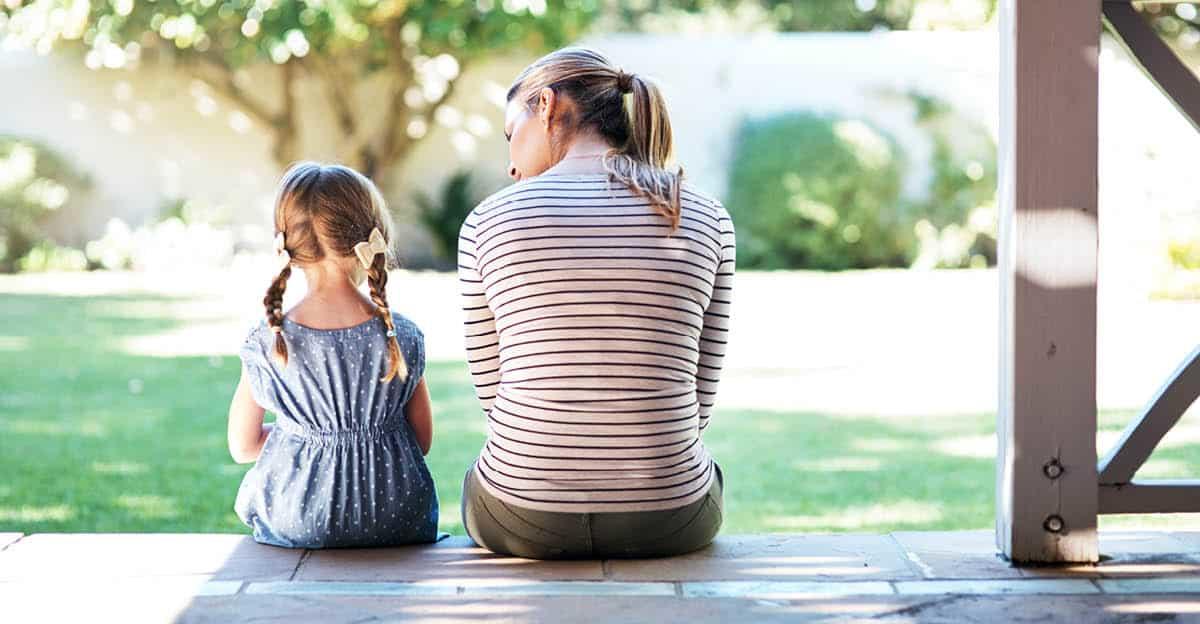Banishing Bullying: Parents Can Help Stop and Prevent Bullying
Bullying is a serious issue that can affect the well-being of the bully, bystander, and target. It can happen anywhere and anytime, even in the privacy of home, and includes physical, verbal, and social bullying. Fortunately, you can help your student stop bullying in its tracks by understanding what it is—and what it isn’t—by reinforcing bullying-prevention skills at home.
Bullying experts agree that bullying behavior includes three characteristics: power, intent, and repetition. The bully-target relationship dynamic is imbalanced; the bully has more power. The bully consciously decides to hurt another person, physically or emotionally. The incident is not a single event; it happens often, or there is the threat it will reoccur.
Request a copy of the anti-bullying policy from your child’s school, and know who to contact if you suspect bullying.
How to Discuss Bullying at Home with Your Student
Table Talk
Talking about bullying may help prevent your child from bullying others, or provide support if he or she is being bullied or is a witness to bullying. Try these conversation starters:
- What’s the difference between teasing and bullying?
- Who are the adults at school you feel comfortable talking to?
- What can you say or do if you see another student bullying someone else?
- How can you handle a situation when someone makes you feel angry?
Tips & Tricks
If your child is being bullied: Be aware of changes in your child’s emotions, actions, and habits. Physical injuries, loss of personal belongings, or fear of school or other students may indicate your child is being bullied.
If your child sees someone being bullied: Witnesses to bullying often exhibit similar changes as the targets themselves. He or she may be afraid to speak up.
If your child is bullying others: If your child is exhibiting bullying tendencies, such as acting aggressively, speaking ill of children or intentionally excluding others, talk to your child about the situation.
Not all conflict constitutes bullying. Discuss the difference between occasional teasing and the ongoing pattern which turns into bullying.
Plan & Practice
Help your child develop relationship and communication skills through practice. Role-play the following scenarios, with your child switching between bystander and target roles:
- Lizette’s friend comes to school wearing clothes most of the other children don’t like. One person makes fun of Lizette’s friend, and then others join in. What should Lizette do?
- James pushes and shoves Salvador every recess, and tells Salvador to go play somewhere else. What should Salvador do?
- A group of girls gossip about Grace and they don’t include her in their group. Grace is alone at recess and lunch. What could you do to help Grace?
Review the following anti-bullying tactics with your child:
- Remain calm.
- Be assertive and ask the person to stop.
- If the bullying does not stop, walk away and tell an adult in person or anonymously.
- If a person is being physically hurt, report it to an adult as quickly as possible.
More Bullying Prevention & Intervention Ideas and Activities
Discussing bullying with your students is just the first step in making school a safe learning place for everyone. For more tips on how your students can help to spot and stop bullying, check out the Bullying Prevention & Intervention tag page.
Read More: Bullying Prevention & Intervention






Leave a Reply